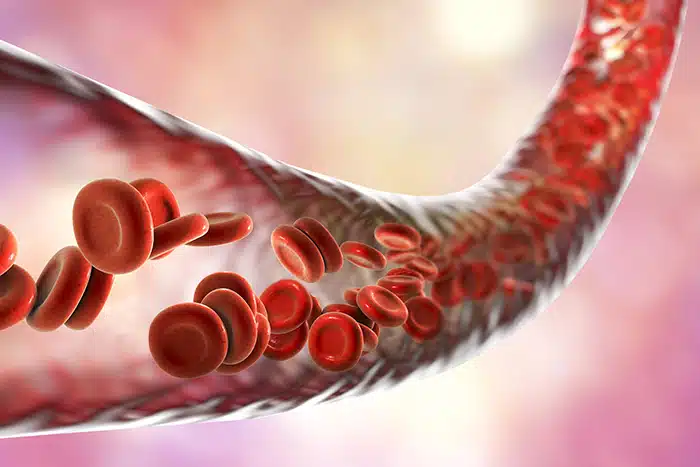Wouldn’t it be great if there were a tool that could help predict how much and how fast your fibroids grow? Keep reading.
A study by researchers at the VU University Medical Center in Amsterdam, The Netherlands, found that by measuring the vascular index of a fibroid, also known as its vascularization or the amount of blood vessels within the fibroid tissue, they could predict how much and how fast a fibroid would grow a year into the future.1
Between March 2012 and March 2014, 66 premenopausal women diagnosed with a max of two fibroids 8 cm or smaller participated in 1 year of follow-up care without undergoing fibroid treatment.1 The researchers used a three-dimensional (3D) ultrasound with power Doppler, a tool that can detect blood flow in vessels, especially those found inside organs. To measure the ongoing fibroid vascular index, each woman had a 3D ultrasound with power Doppler at the start of the study and then at 3, 6, and 12 months. Change in fibroid volume and fibroid growth rate were also calculated.
Results showed that fibroid volume and growth rate were related to its initial vascular index.1 Over 12 months, the average fibroid growth rate was 8.98%. But for fibroids that were highly vascularized, or in other words had more blood vessels present, the fibroid growth rate was greater and detected at 10.5%. If a fibroid’s vascular index increased by just 1%, it was linked with a 7-cm3 larger fibroid volume at the 1-year mark.
How can determining fibroid growth better the care women receive?
Uterine fibroids are noncancerous tumors that grow in the wall of the uterus. They can be the cause of heavy periods, pelvic pain and pressure, painful sex, and infertility. Predicting fibroid growth, especially among women with fast-growing fibroids, can help doctors narrow down which treatments could be the most effective for each individual.
For example, if fast-growing fibroids are detected early, medications that prevent fibroid growth might be helpful to these women.2 Among those who desire pregnancy, fast-growing fibroids that could potentially impair fertility can be detected and treated early on.2 Even if a woman has fibroids and isn’t having symptoms, predicting their growth rate can help in creating an effective follow-up care plan.2
Using fibroid vascularization as a tool can especially be helpful when treating women with minimally invasive procedures like uterine fibroid embolization (UFE). UFE works by targeting and blocking blood flow to the fibroids, causing them to shrink and symptoms to improve. By investigating which fibroids are highly vascularized and which aren’t may be helpful in determining how effective UFE will be, as UFE success may be limited among fibroids that aren’t vascularized.2
According to the researchers, we don’t yet have a way to strongly predict fibroid growth that can be used in everyday practice.1 Although this method of fibroid care seems promising, more research is needed to confirm the results of this study. Because of this, coverage by health insurance is not yet determined. But with additional data, predicting fibroid growth could become more economical and accessible to women, helping them to receive the best treatment and avoid unnecessary therapies.
REFERENCES
- Nieuwenhuis, L. L., Keizer, A. L., Stoelinga, B., et al. (2018). Fibroid vascularisation assessed with three-dimensional power Doppler ultrasound is a predictor for uterine fibroid growth: A prospective cohort study. BJOG, Apr;125(5):577-584.
- Dueholm, M. (2018). Fibroid vascularisation as a predictor for uterine fibroid growth. BJOG, Apr;125(5):585.







